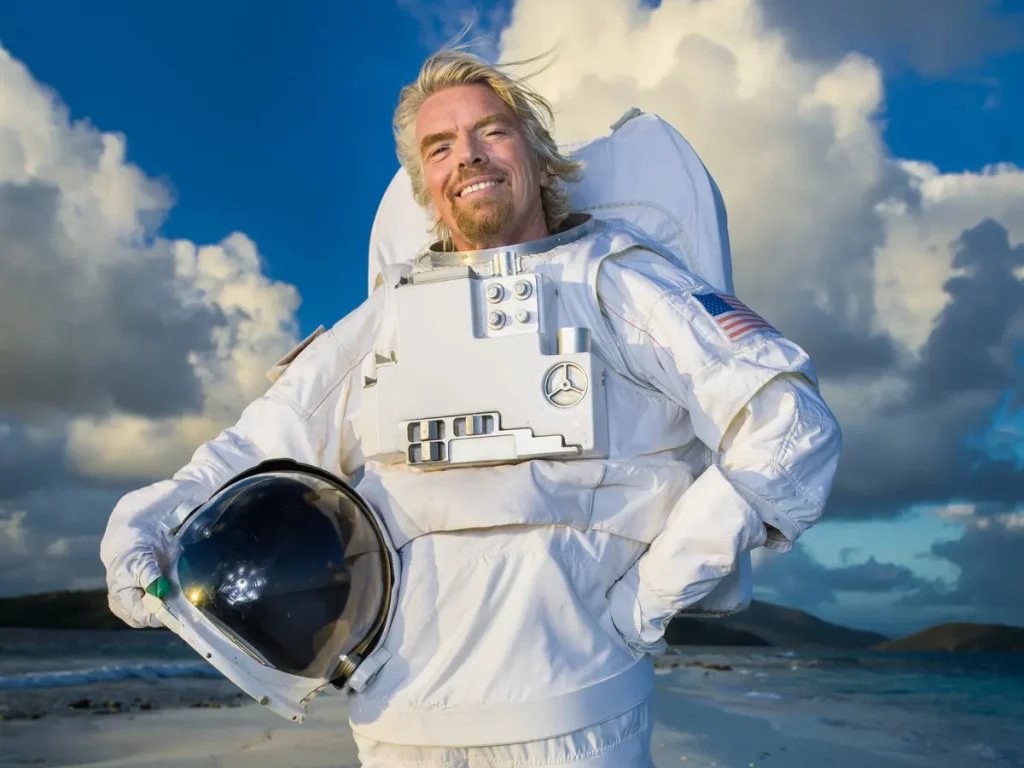Since the early days of space flights from Earth, astronauts and objects have been launched using space rockets – vehicles with very powerful jet engines to escape the pull of gravity and stop them tumbling back down to Earth!
As rockets have to carry everything with them – fuel, oxygen for both the engines and any astronauts, supplies and a command module – they are very big.
The Saturn rockets that went to the moon in the 1960s were 363 feet tall – but the all important command module with the astronauts in was much smaller – only 10 feet tall!

Even the more modern Arianne rockets are over 170 feet tall, they are made up of a main stage rocket that burns for just 600 seconds and two solid boosters that burn for even less time – just 130 seconds before they fall back to Earth.
A good thing about rockets is that they can carry very heavy loads – payloads of up to 20 tonnes. The bad thing is that, usually, they can only be used once – even the bits that fall back down to Earth!
The Space Shuttle that NASA used until 2011 was designed to be cheaper to operate by being reusable.
Whilst it launched vertically, like a rocket, it landed like an aeroplane, gliding down to a runway and landing on wheels.

It was really successful and as well as launching satellites it played an important role in the construction of the International Space Station.
The shuttle though was still expensive, costing $450 million dollars each mission! Whilst it could be re-used, it took up to six months before each one was ready to launch again.
To get around this problem, space companies have been developing a different type of spacecraft – a space plane!
It’s basically an aerospace vehicle that operates as an aircraft in Earth’s atmosphere and as a spacecraft when in space.
Space planes can take off either vertically attached to rockets or horizontally on their own attached to a carrier plane.
And however they take off, they return horizontally on a runway – the way a normal aircraft would.
The Virgin Galactic is a sub-orbital spaceplane – it’s not designed to travel into space but to carry passengers to experience what spaceflight is like.
It launches on a carrier plane called White Knight 2 which carries the spaceplane into the higher atmosphere from where it begins its space journey.
As it doesn’t enter orbit around Earth, it requires a lot less energy for propulsion and can use its wings to provide lift for its ascent.
Virgin Galactic is designed to carry space tourists rather than deliver new satellites or provide supplies to space stations.
Elon Musk’s SpaceX programme is developing a range of spacecraft and cost efficient reusable rockets with a goal of sending manned missions to Mars.
Rocket reusability is the key breakthrough we need to reduce the cost of access to space and enable people to live on other planets.
Now it’s not QUITE like getting on a bus – the craft will still need weeks or months of repair and maintenance between flights, but it’s much cheaper than building a rocket from scratch every time!
Get the Deep Space High podcast!
If you want to find out more about space, you should check out Deep Space High! Sam, Stats, and Quark are all taught about solar flares, cosmic rays, satellites, rockets and more!



 Apple Podcasts
Apple Podcasts Spotify
Spotify
 Google Podcasts
Google Podcasts Player FM
Player FM Pocket Casts
Pocket Casts